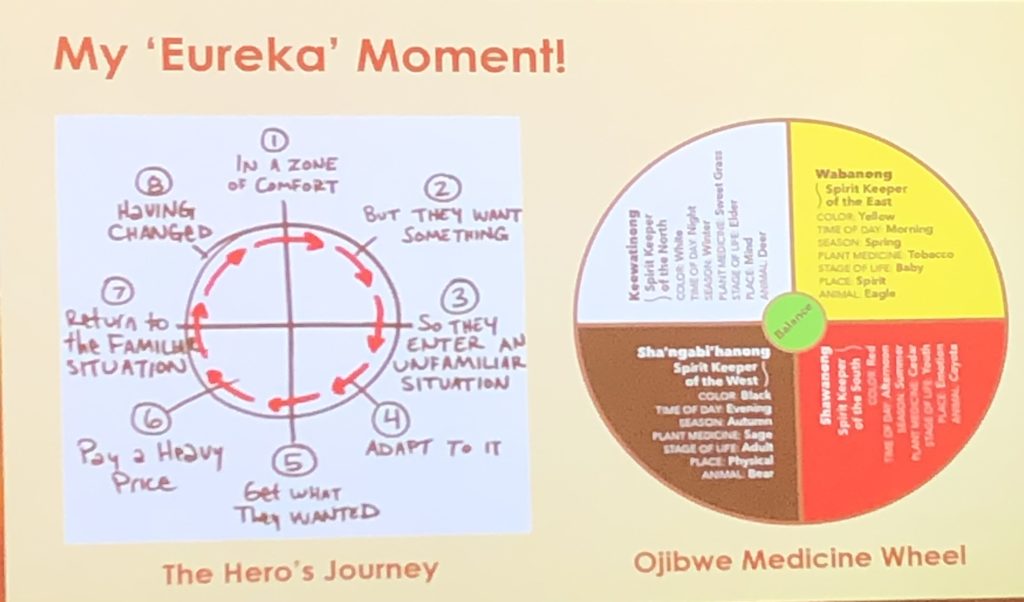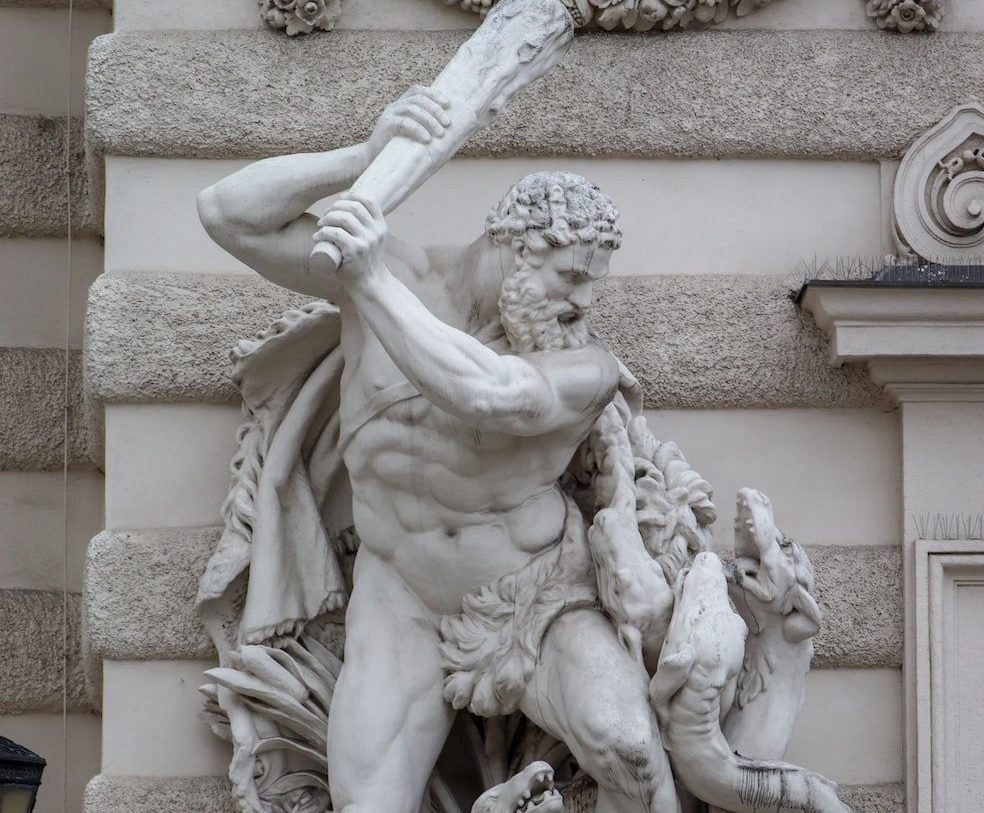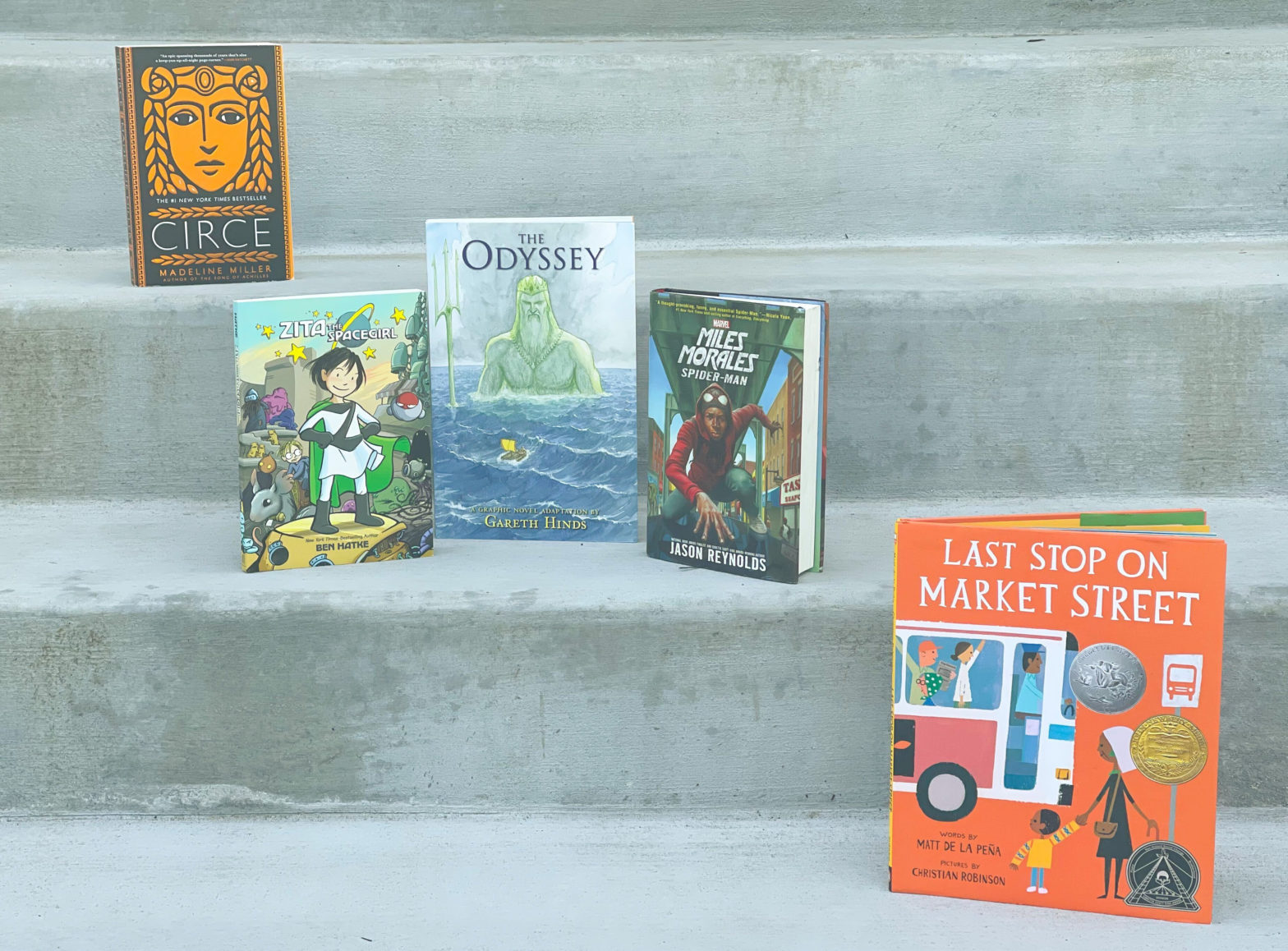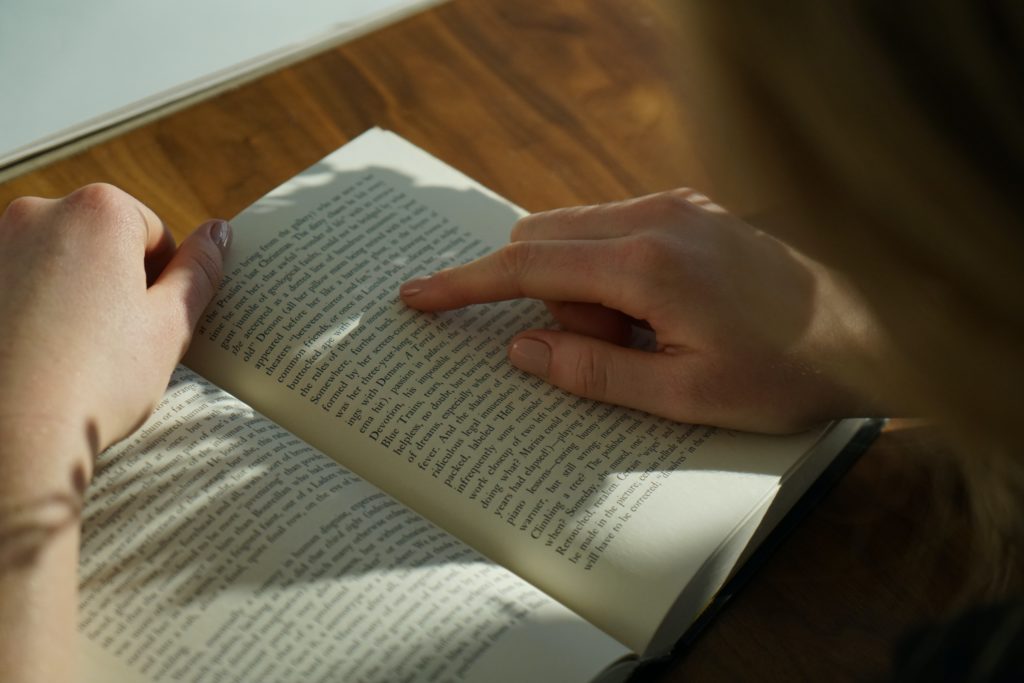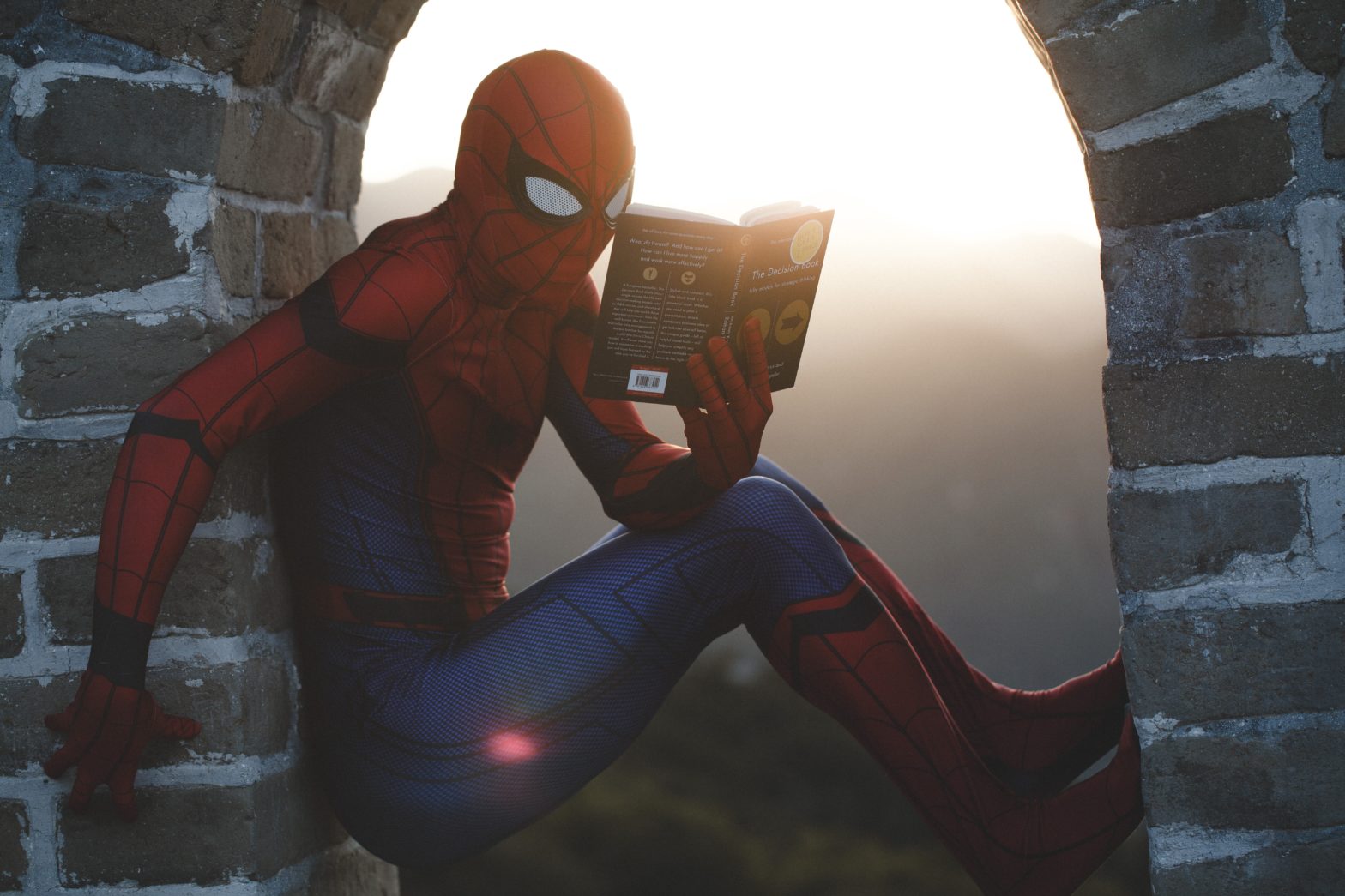With over 60 English translations, knowing which translation of The Odyssey to read can be difficult.
In the original Greek, The Odyssey is in blank verse, using dactylic hexameter, both of which are common attributes of Greek and Latin poetry. Some translators of The Odyssey choose to keep their translation in blank verse while others choose to change the style or instead write in prose. Because of these style choices, each translation highlights different aspects of the original.
The first person to translate The Odyssey into English was the British poet and playwright George Chapman in 1616. Since then, men have continued to translate the famous epic, but it was not until 2018 when the first female translator published her version of The Odyssey.
Emily Wilson is this first female translator. Her translation of The Odyssey keeps the original blank verse, but changes the dactylic hexameter into iambic pentameter. Throughout the poem, she keeps many of the original Homeric similes. Another unique characteristic of Wilson’s translation is her portrayal of the female characters and certain situations; for instance, she translates male and female relationships without compromising the original meaning. Wilson’s translation is great for anyone who is interested in reading The Odyssey, whether a first-timer or a veteran.
George Chapman’s translation, one of the most advanced, is written in Elizabethan English. Similar to Wilson, he also keeps the epic in blank verse and turns the dactylic hexameter into iambic pentameter. Throughout his translation, Chapman adds descriptive, moral, and philosophical details and interpretations that are not in the original, making his translation more like a personal response. This translation is best for more advanced readers who are already familiar with The Odyssey.
Some translators choose to write their version in prose since it can be easier to read and understand. One prose version of The Odyssey can be found in the textbook World Mythology: An Anthology of the Great Myths and Epics by Donna Rosenberg. This is a paraphrased version best for younger students and individuals who are only interested in a summary of The Odyssey. Another prose translation by A. S. Kline can be found for free online. It includes hyperlinks to character descriptions and images which can be helpful for first-time readers. This translation is great for beginners since it keeps the integrity of the original translation while still providing a prose version that is easy to read.
Robert Fitzgerald and Peter Green both wrote poetry translations of The Odyssey. Fitzgerald’s translation has been the most common modern translation since 1961. It has sold more than two million copies, and has been the standard translation for most schools and poets. The one aspect Fitzgerald’s translation lacks, however, is a rhythm; it is not written in a particular meter like Wilson or Chapman’s. Peter Green translated the original poem line-by-line which keeps most of the original integrity of the poem. Similar to Fitzgerald, Green’s translation is not in a specific meter; however, it maintains a lyrical tone, analogous to the original. Both Green and Fitzgerald’s translations are great for students and adults alike.
Although finding a translation of The Odyssey can feel challenging, when looking at the pros and cons of each translation, you can easily find one that fits your needs.
